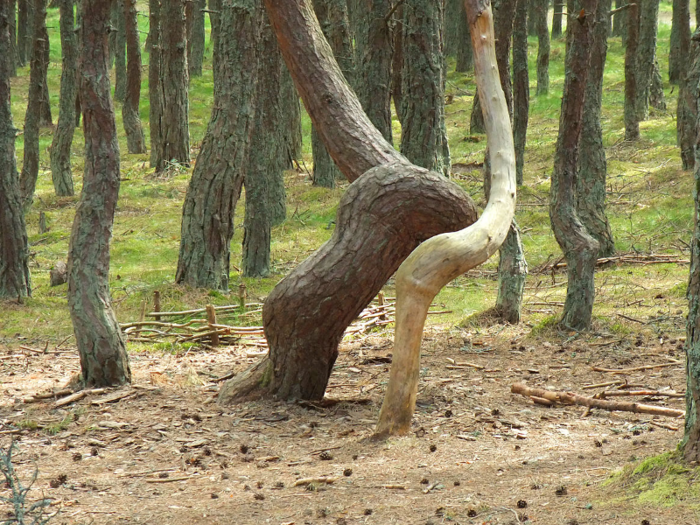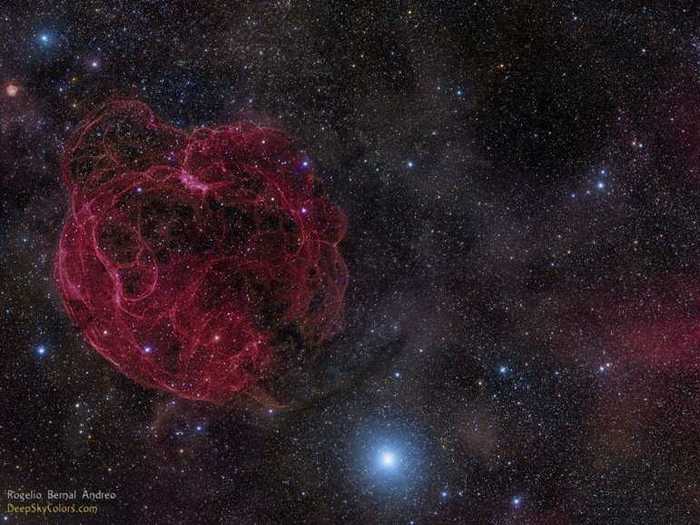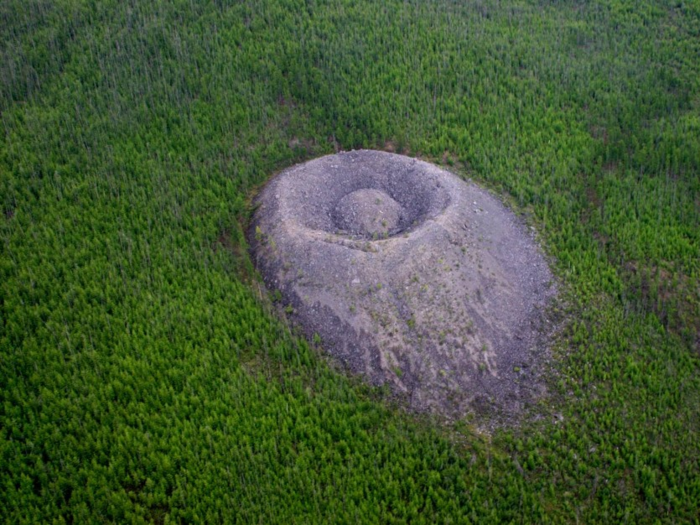- Home
- slideshows
- miscellaneous
- 9 phenomena that science still can't explain
9 phenomena that science still can't explain
Scientists aren't sure why people yawn.

This mushroom only grows in Texas and Japan, and scientists can't explain it.

The Chorioactis geaster is the only mushroom species in the Chorioactis genus, and it's found only in Texas and Japan.
The two locations are on the same latitude, but other than that, mycologists have not been able to figure out why these mushrooms only grow in these two spots. A 2004 study published by Harvard University Herbaria of the mushrooms' DNA suggested, however, that the populations were separated into two lineages about 19 million years ago.
In Texas, the mushroom is known as the "devil's cigar," since it looks like a cigar before it opens into a star shape.
No one knows why Saturn's North Pole has a swirling, hexagon-shaped storm.

At Saturn's North Pole, there's a weather system the size of two Earths in the curious shape of a hexagon. The storm was photographed and observed for years by NASA's Cassini spacecraft, but it remains mysterious.
The only other naturally occurring hexagonal shape scientists have found is in crystals, so they have no idea how Saturn's storm came to look like this. To make matters more confusing, the storm appears to have changed color, shifting from turquoise to yellow over just a few years.
Humpback whales have gone from being solitary creatures to living in "super-groups," a shift marine biologists are still trying to suss out.

Humpback whales ordinarily solitary, but in the past several years, the have begun to feed in packs of 20 to 200 off the coast of South Africa, according to a 2017 study from the University of Pretoria.
Marine scientists aren't sure why the nature of this ancient creature has changed, but there has also a rise in the population of humpbacks, so that may partially explain this change.
"It’s quite unusual to see them in such large groups," Gísli Vikingsson, head of whale research at the Marine and Freshwater Research Institute in Iceland, told New Scientist.
There's no explanation for these curved trees in the Dancing Forest of Russia.

Nicknamed the "Dancing Forest," this area in Kaliningrad is filled with pine trees that are contorted into spirals, rings, and other configurations.
They were planted in the 1960s and are the only species of tree to ever do this. According to Atlas Obscura, some theories include extreme winds, unstable soil, and interference from caterpillars. Some locals call it the Drunken Forest.
Dark matter isn't like regular matter, but we don't understand much about it.

Matter is made of protons, neutrons, and electrons, but dark matter's make-up is still a mystery.
One theory is that dark matter is made of particles that we simply haven't detected or identified yet. A 2016 study suggested dark matter might be made of primordial black holes.
Dark matter doesn't reflect or emit light, but high concentrations of the substance can bend light, which is how scientists know that it exists.
Assuming our knowledge of the universe and physics is correct, there is more dark matter than matter in existence. Dark matter, in fact, seems to be required for gravitational pulls to be strong enough to create planets and galaxies.
Scientists understand how cats purr, but they're still not sure why.

For a long time, cats' purring mechanisms were an unsolved mystery. According to the BBC, it's now widely thought that the muscles around the feline larynx constrict, creating a vibration that makes the classic purring sound.
But the reason cats purr at all is still a matter of debate. One hypothesis is that purring promotes bone growth, since the vibration frequency leads bones to harden in response to the pressure.
"Purrs at a frequency of 25-100Hz correspond with established healing frequencies in therapeutic medicine for humans," Gary Weitzman, a veterinarian and CEO of the San Diego Humane Society, told the BBC.
We're getting hundreds of unintelligible signals from space every second.

Fast Radio Bursts, (FRBs), are brief, brilliant emissions of radio light that release enough energy to power 500 million suns.
Astronomers believe that one happens almost every second, but only about 30 have been identified.
FRB 121102, which originated outside of our Milky Way, is the only signal that has shown up more than once from the same location. It has been tied to a young neutron star, one of the densest objects in the universe. Studies have also recently shown that FRB 121102 is one of two types of fast radio bursts.
There's an otherworldly-looking crater in Siberia that's yet to be explained.

A 520-foot-wide, 139-foot-tall mound of broken limestone, this giant crater was nicknamed "Patom" after a nearby river.
Some locals, however, call it "Fire Eagle's Nest" and believe the area is associated with death, given the lack of growth and animals' unwillingness to go near it.
The crater was first officially reported by Russian geologist Vadim Kolpakov in 1949, but it was created about 500 years ago. Ideas about its origin include nuclear explosions and spaceships, but Russia Beyond says the most likely theory is a "steam explosion that happened either during magma emplacement into hydrous rocks or due to the faulting and decompression of heated hydrous rocks."
Popular Right Now
Popular Keywords
Advertisement